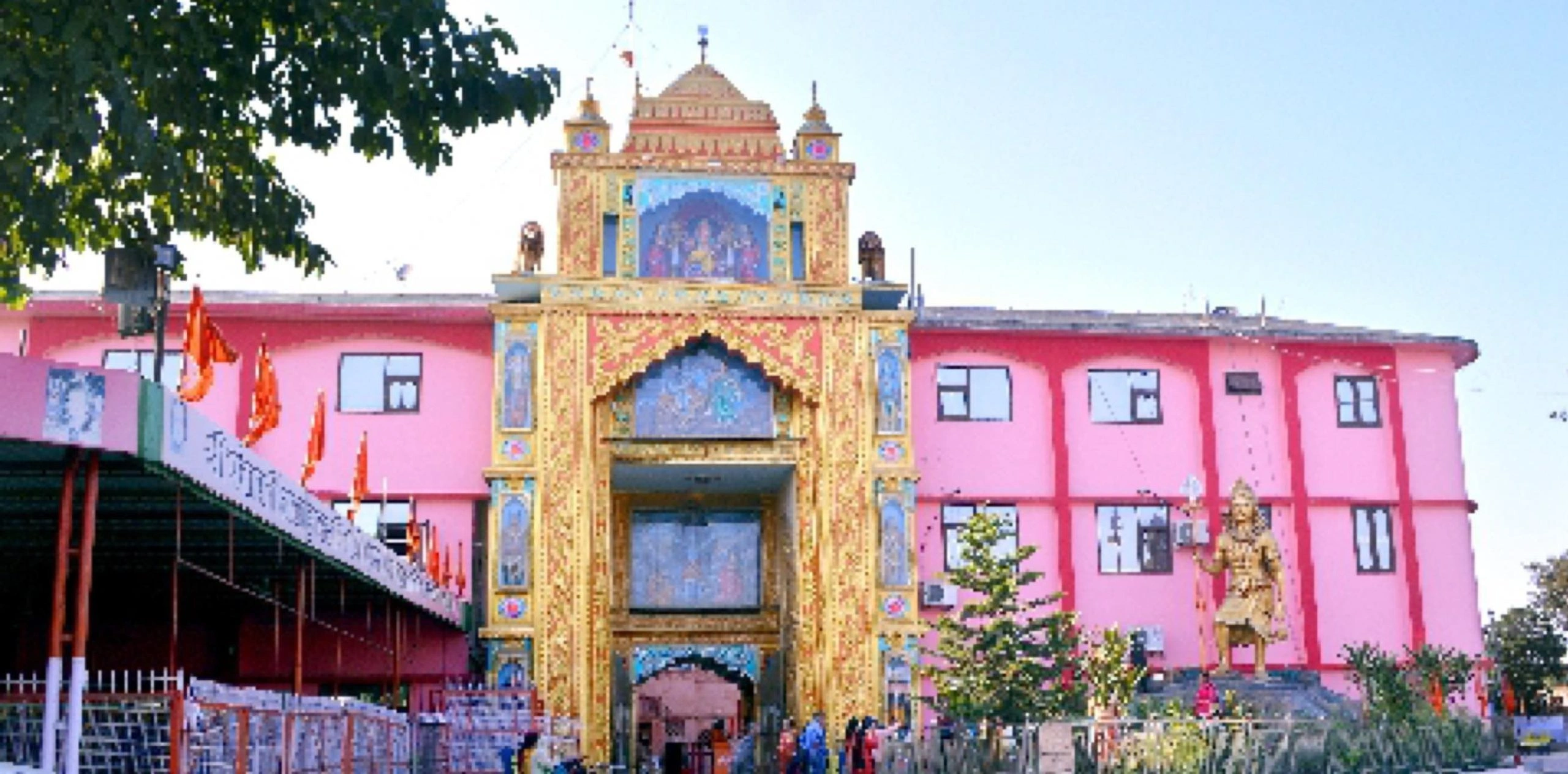About Kurukshetra

Welcome To Kurukshetra
Kurukshetra’s legacy extends beyond the Mahabharata, with its roots embedded deeply in Hindu mythology and Vedic culture. The city is often referred to as “Dharmakshetra,” or the “Land of Righteousness,” symbolizing the moral and philosophical battle highlighted in the Bhagavad Gita. Every year, during the solar eclipse, pilgrims gather at Brahma Sarovar and Sannihit Sarovar to take a holy dip, as it’s believed to wash away sins.
- Economy and Development: Kurukshetra's economy is diverse, focusing on agriculture, education, and tourism:
- Agriculture: The fertile soil and favorable climate support the cultivation of crops like wheat, rice, and mustard, which are central to the local economy.
- Education: Kurukshetra is home to several educational institutions, including Kurukshetra University, which attracts students from across the country. The city is recognized for its emphasis on higher education and research.
- Tourism: As a historical and religious hub, Kurukshetra's economy is significantly boosted by domestic and international tourists visiting its sacred sites.
Healthcare: The city has a growing healthcare sector with various hospitals and clinics, aiming to improve healthcare access and quality for its residents.
- Historical and Cultural Significance: Kurukshetra has a rich cultural heritage linked to its mythological and historical background:
- Local Festivals: Major festivals like Holi, Diwali, and Janmashtami are celebrated with fervor, reflecting the city’s spiritual and cultural ethos.
- Cultural Heritage: The city is deeply connected to the Mahabharata and attracts pilgrims and tourists seeking spiritual experiences, often marked by events and fairs.
- Historical and Cultural Tourism: Kurukshetra is a key destination for those interested in spirituality, history, and culture:
- Monuments and Landmarks: Significant sites include the Brahma Sarovar, the Sannihit Sarovar, and the historic Jyotisar, believed to be the birthplace of the Bhagavad Gita. The Kurukshetra Panorama and Science Centre offers insights into the city’s history and mythology.
- Religious Experiences: Pilgrimage sites such as the Dharmikshetra and various temples attract devotees from across India.
Cultural Experiences: Visitors can immerse themselves in local traditions through:- Crafts and Arts: The region is known for its handicrafts, including traditional textiles and pottery, providing visitors with opportunities to engage with local artisans.
- Culinary Delights: The local cuisine features a variety of dishes, including kadhi, besan ladoo, and seasonal vegetables. Street food offers a glimpse into the culinary diversity of Kurukshetra.